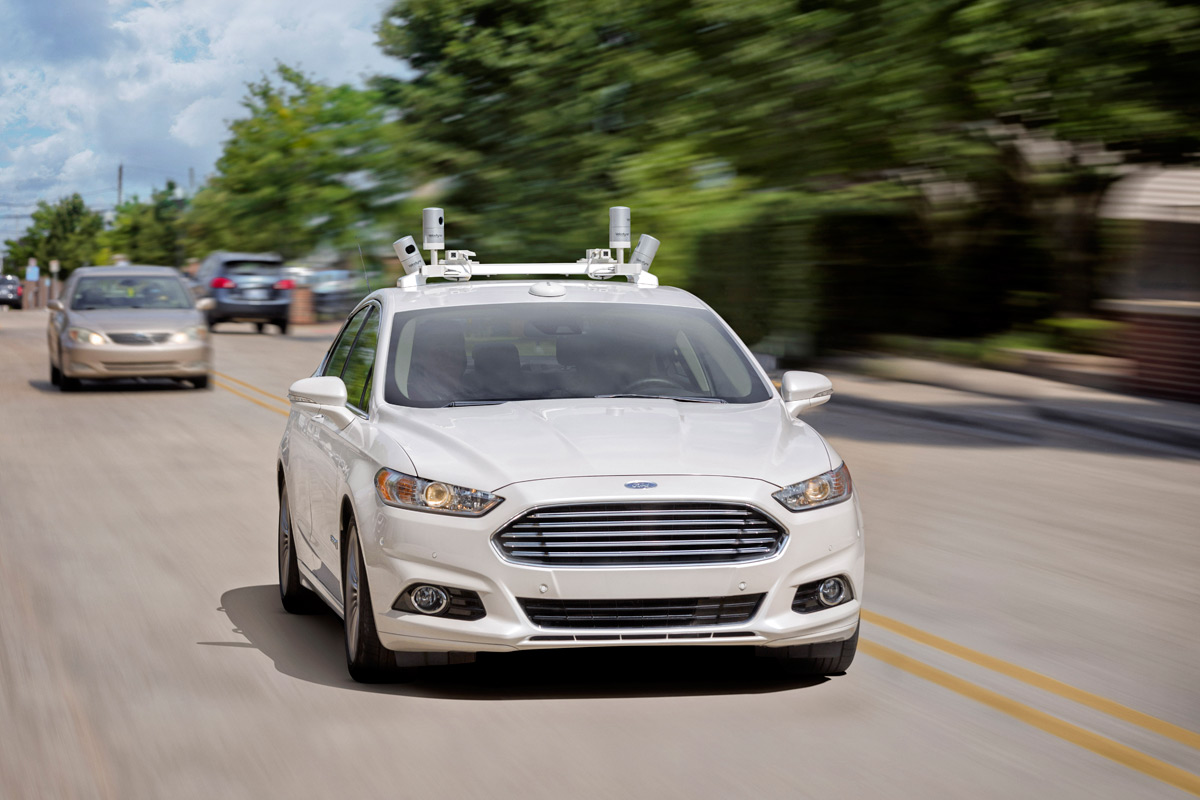Technology
How The Self-Driving Car Of Tomorrow Is Making You Safer Today
Will the self-driving car become a reality on the roads of America? At this point, it’s anybody’s guess. There are limited test projects that have been working on the road in limited areas for almost a decade now, but the commercial viability of these systems always seems to be over the next horizon. Partly, this is due to currently unanswerable questions about the interaction between a vehicle’s artificial intelligence and the ethics of decision-making during times of crisis like car accidents. And a lot of it has to do with performance concerns including regular hazard avoidance. Regardless of whether or not autonomous vehicles are ever approved for the consumer market, they’ve been improving your driving experience for at least five years now, and you might not even know it.
New Safety Features
The quest to improve the computer-guided systems used to make autonomous cars work until they can stand alone has brought a variety of new technologies to market that are helping drivers every day in tangible ways. If you’ve bought a car in the last decade with any of these technological options on board, you’ve been experiencing part of the systems that drive prototype self-driving cars.
- Backup assist
- Rear proximity warning
- Side or rear view cameras
- Braking assist
- Collision warning
- Parking assist
- Automatic parking
All of this technology comes together with advanced machine reasoning systems and other innovations that have yet to make their way to the consumer market to make the self-driving vehicle prototype possible. Very few manufacturers have even gotten to the road testing point, but those that have are showing some real promise in their design improvements. Even if they never perfect it, the push for this breakthrough could be the biggest boon to driver safety since the invention of the airbag.
Limited Vehicle Autonomy For Safety
Even without totally autonomous vehicles, having a car that can warn you of a hazard in case you didn’t see it means not only making yourself safer but also making every driver on the road safer. It can help in busy city driving scenarios with a lot of pedestrians around, too, because sometimes it’s just impossible to track every individual in your field of vision and drive. Not to mention the savings on paint and small dent repair that parking assistance can bring to those who find parallel parking especially challenging.
Predictions About Autonomous Cars and Trucks
Many policymakers are convinced that even if autonomous vehicles are fully realized, they might not be safe to have on a mixed road with human drivers. This could necessitate either the development of a two-road system to split human and machine drivers or the complete phasing out of human operators.
Neither seems particularly likely from a modern viewpoint, but who knows what the future could hold? It could very well be that tomorrow’s guided transport systems will function with a level of coordinated communication that makes vehicle ownership more like purchasing a private rail car and less like piloting one’s own high-speed craft. That could change our entire relationship to both transportation and the concept of freedom of movement.

















Recent Comments